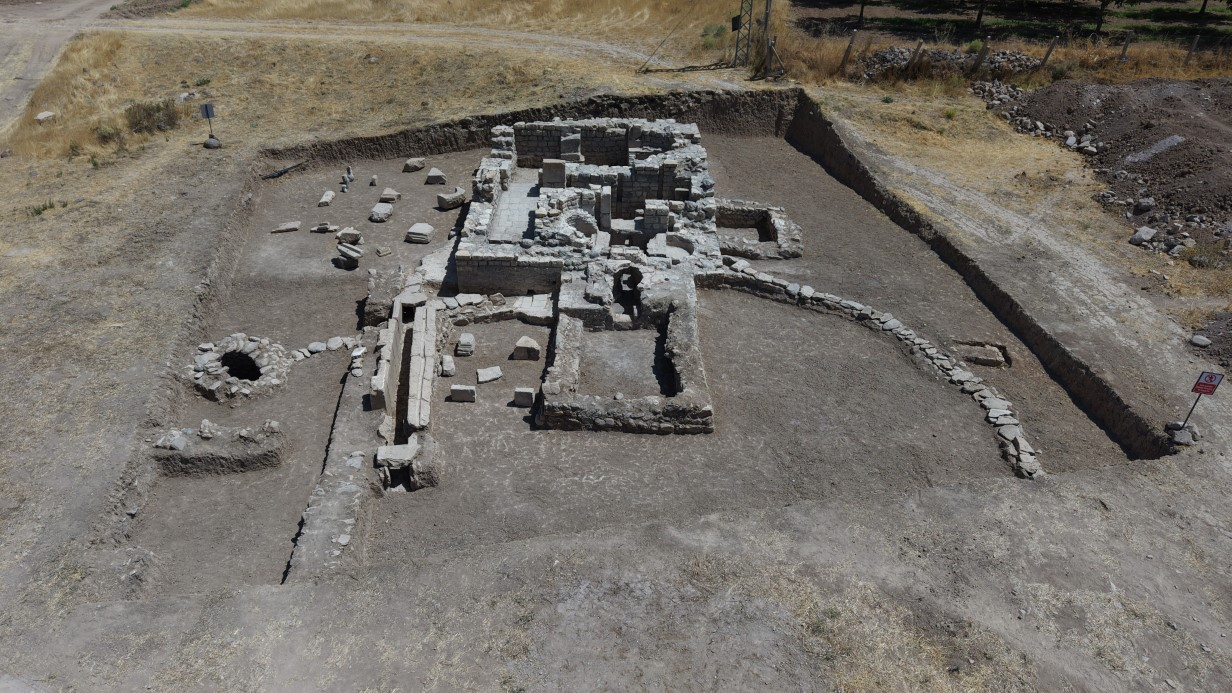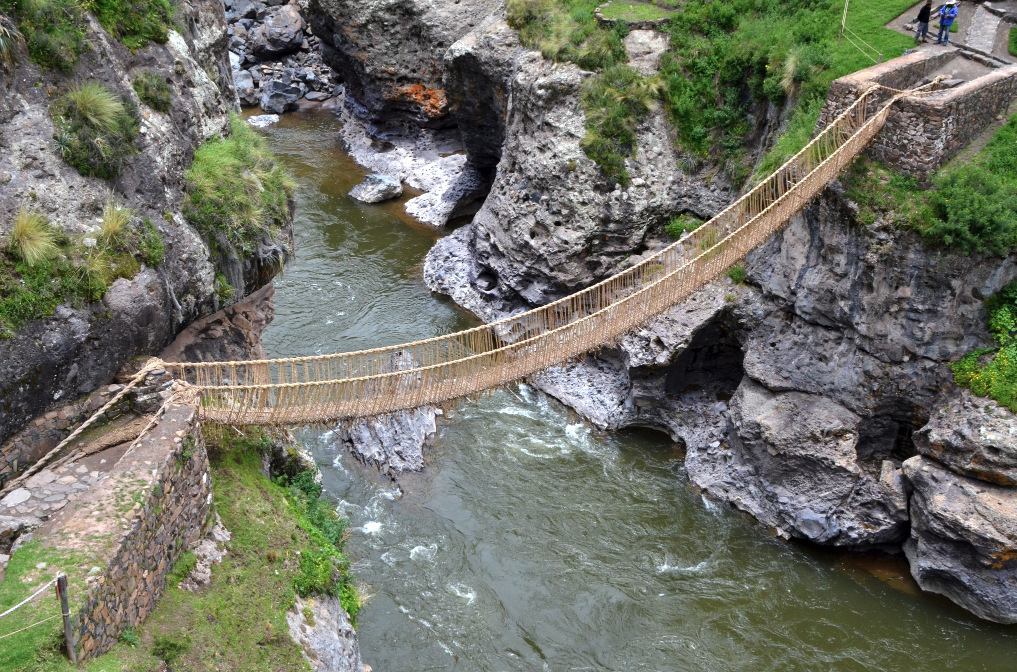Ancient Roman Bathhouse Unearthed in Eastern Türkiye
Archaeologists in eastern Türkiye have discovered a 1,700-year-old Roman bathhouse featuring an advanced underfloor heating system, offering fresh insights into Roman engineering and daily life in the region.
Discovery by Chance Leads to Major Excavation
In 2023, a farmer in Salkaya village, Elazığ Province, stumbled upon a fragment of mosaic while digging a pit to plant saplings. This accidental find quickly grew into a major archaeological project overseen by the Turkish Ministry of Culture and Tourism. Excavations revealed the remains of a Roman bath complex dating back to around the 3rd century CE.
Using ground-penetrating radar (GPR), archaeologists surveyed the surrounding area for additional buried structures. Their findings were remarkable: the caldarium, or hot bathing room, was still preserved, complete with evidence of an advanced Roman heating system.
The Roman Hypocaust System: Ancient Innovation in Heating
Excavations revealed a network of small columns, known as suspensurae, beneath the bath floor a signature feature of the hypocaust system. This ingenious Roman technology provided central heating nearly two millennia ago.
Hot air generated by a nearby furnace circulated beneath the raised floor and through channels built into the walls. The system warmed both the floor and surrounding walls, creating a warm, humid environment ideal for bathing. The caldarium of Elazığ’s bathhouse is a striking example of this ancient engineering marvel in action.
Underfloor Heating System Discovered in 1,700-Year-Old Roman Bath in Elazığ
A First for Elazığ and Its Region
This discovery marks the first Roman bathhouse uncovered in Elazığ Province, making it a unique addition to Anatolia’s rich archaeological heritage. The presence of such a sophisticated structure indicates that the area once hosted a thriving settlement rather than just a rural village.
Çayır noted that the land surrounding the mosaic and bath complex likely represents a rural town center, with additional structures still waiting to be uncovered in future excavation seasons.
The Cultural and Engineering Significance
Roman baths were far more than places for bathing they served as centers of social, cultural, and political life. The Elazığ find highlights the extent of Roman influence in eastern Anatolia, demonstrating a blend of local traditions and imperial engineering.
The hypocaust system itself was a landmark achievement in architectural history. While earlier civilizations such as the Greeks and Persians experimented with heated floors, the Romans perfected the technique, making it a standard feature of public baths and elite villas. This early form of central heating is considered a precursor to modern underfloor heating systems still used in luxury homes today.
Preserving the Heritage for the Future
Excavations continue under the supervision of the Elazığ Museum Directorate, with the goal of preserving the site for future generations. Once fully studied and conserved, the Roman bath and its mosaics are expected to become a significant attraction for cultural tourism in the region.
Çayır emphasized: “Our efforts are focused on protecting this cultural heritage and transmitting it to the future. The bath, with its caldarium and hypocaust system, is a direct testimony to Roman daily life and architectural ingenuity
Small columns of the Roman hypocaust system, used for underfloor heating 1,700 years ago.
Global Context: Roman Baths and Modern Parallels
The discovery in Elazığ joins a long list of Roman baths uncovered across the empire from Bath in England to Pompeii in Italy. Each site offers valuable insights into how Romans lived, socialized, and harnessed technology.
The hypocaust system, in particular, continues to captivate engineers and architects today. Unlike modern heating systems that rely on electricity or gas, hypocausts used wood-burning furnaces to distribute heat efficiently. Some contemporary eco-friendly building designs are even inspired by this ancient method, demonstrating that the Romans were ahead of their time in sustainable engineering.
The unearthing of a 1,700-year-old Roman bathhouse with an underfloor heating system in Elazığ is more than just an archaeological discovery it serves as a bridge between ancient innovation and modern technology.
As excavations continue, the site promises to reveal more about the spread of Roman culture into eastern Anatolia and the enduring legacy of their engineering achievements.









